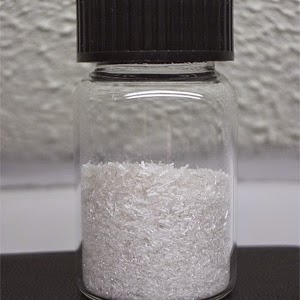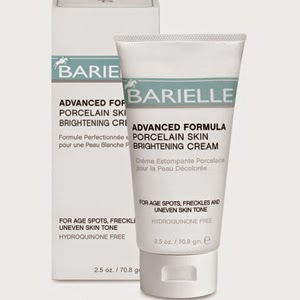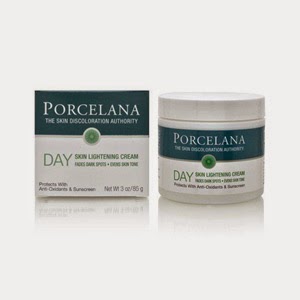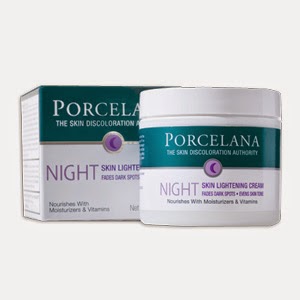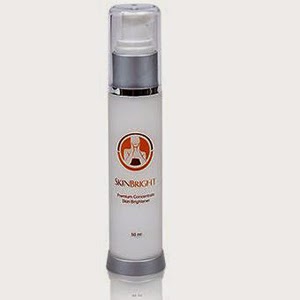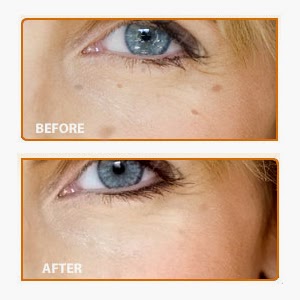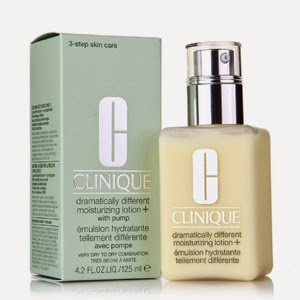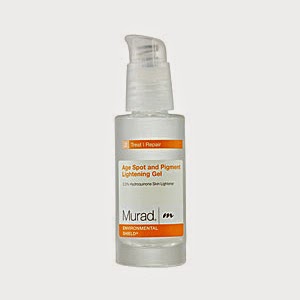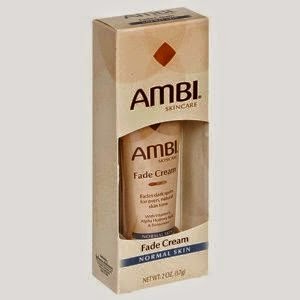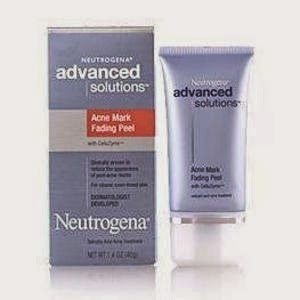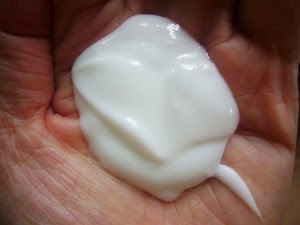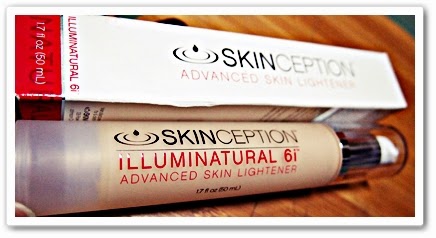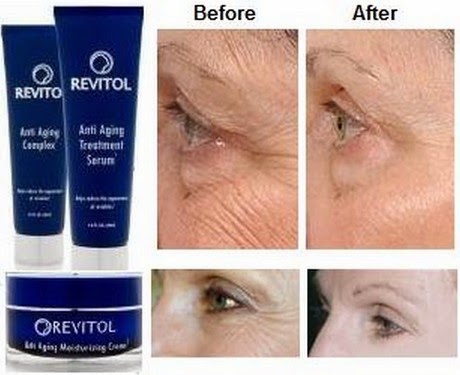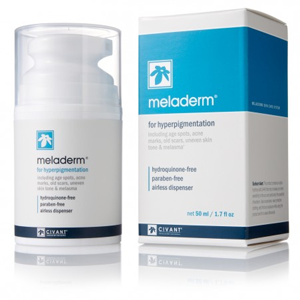Melasma is a temporary discoloration of skin on the face. It usually appears as brown, tan, or blue-gray patches along the upper cheeks, upper lip, forehead, and chin. The primary factors causing melasma are hormonal changes and external sun exposure, so the most effective and long-lasting treatments are aimed at these causes. Many other treatments, however, are designed to treat the discoloration itself.
The main cause of melasma is excess melanin production in skin cells due to excessive sun exposure. However, other factors also contribute to this problem, including hormonal changes in the body, excessive stress, toxins, thyroid problems and use of birth control pills.
How to treat melasma?
1.
Protect your skin from the sun
Apply broad spectrum sunscreen and take other measures to protect your skin from the sun. Doing so can prevent an outbreak of melasma and may reduce the risk of current melasma getting worse. Apply sunscreen 20 minutes before you anticipate being out in the sun. Look for a sunscreen with an SPF of 30 or higher, and consider getting one with added nutrients, like zinc, to benefit your skin. You could try “double” sun screening, as well. Layer an SPF 15 sunscreen on beneath an SPF 30 sunscreen for even more protection. Wear a wide-brimmed hat and large sunglasses to provide your face with additional protection. If your melasma is especially bad, you might also want to consider wearing long-sleeved shirts and pants.
2.
Look for an over-the-counter hydroquinone cream
These medicated ointments lighten the skin, causing the appearance of melasma to fade. Hydroquinone comes as a cream, lotion, gel, or liquid. It works by blocking the natural chemical process in your skin responsible for creating melanin, and since melanin produces dark skin pigmentation, the amount of dark pigmentation related to melasma will also be reduced. There are even hydroquinone creams that contain a little sunblock, so if you want to protect your skin while treating it for melasma, these options provide an all-in-one opportunity for you to do so. Nonprescription hydroquinone creams usually have a concentration of 2 percent or less.
3.
Consider a cream containing kojic acid or melaplex
Both ingredients are skin brighteners, but they tend to be less harsh and less of an irritant than hydroquinone.
More precisely, these ingredients slow down the production of skin-darkening pigmentation in your skin. As a result, new skin cells being produced will be less dark, making it more difficult for melasma to set in.
4.
Take tretinoin
This is a type of vitamin A that increases the rate at which your skin sheds dead cells. This can help patches of melasma fade faster. Note, however, that this alone may not cure your melasma if the underlying cause has not also been remedied. The affected skin will shed quicker, but if your body still has reason to let melasma develop, it may continue to do so even after new skin cells take their place.
One of the main causes of melasma is exposure to sunlight. Other than this, there are a number of reasons that cause melasma such as anxiety, stress, pregnancy, malfunctioning of the thyroid gland, side effects of medications or cosmetics and many more.
Before you spend money on an expensive lotion or cream for removing your patches, first try some natural remedies that will cost you nothing or very minimal. Herbal cures are highly recommended rather than chemical treatments and laser surgery. These remedies will make the tone of your skin even, and help you to get back your flawless looks and confidence. Here are some home remedies to treat melasma in a natural manner.
How to treat melasma naturally?
1.
Lemon Juice
Lemon juice is a natural skin lightener with superb astringent properties. The acidic nature of lemon juice also helps remove the outer layer of the skin, thereby eliminating a layer of the hyperpigmented skin. Extract the juice from one fresh lemon.
Apply the juice on the affected areas and gently rub it around for one or two minutes. Leave the juice on for 20 minutes before rinsing it off with lukewarm water. Follow this remedy twice daily and you should see improvement within three weeks.
2.
Onion Juice and Apple Cider Vinegar
Take fresh onion juice and mix it with apple cider vinegar in equal quantity. Use a cotton pad to apply this mixture. Regular use of this remedy will effectively reduce the dark spots of melasma.
3.
Turmeric
Turmeric can also reduce the skin’s melanin and help combat melasma. The active ingredient curcumin in turmeric spice has antioxidant and skin-lightening properties.
Mix five tablespoons of turmeric powder with 10 tablespoons of milk to make a paste. It is best to use whole milk because it has lactic acid and calcium that helps exfoliate and soften the skin. Add one tablespoon of gram flour to thicken the mixture. Apply this paste evenly on the affected area. Allow it to dry for 20 minutes. Then rinse it off with warm water and pat dry with a clean towel. Repeat this treatment daily for best results.
4.
Honey and Almond Mask
Honey and almond have skin lightening elements. Grind some almonds and add honey to them. Apply it all over your face and massage gently. Wash it off after 10 minutes.
Alternatively, soak a handful of almonds in water overnight, peel them off and blend with milk or milk cream. Apply on the pigmented areas.
5.
Onion Juice
Onion juice is another effective home remedy to restore your natural skin tone. Onion juice has a range of sulfur-containing compounds that can fade dark patches or discoloration on the skin. Also, onion juice provides nourishment to the skin cells.
Finely chop two to three onions. Put them in a piece of cheesecloth and squeeze it to extract the juice. Measure the onion juice and mix it with an equal amount of apple cider vinegar.
Apply it on the affected area with a cotton ball. Leave it for 20 minutes, and then wash it off with warm water. Follow this remedy twice daily for a few weeks.
6.
Aloe Vera Gel
Due to the presence of mucilaginous polysaccharides in aloe vera gel, it can alleviate hyperpigmentation and restore your skin’s original color. It can also remove dead skin cells and promote regeneration of new skin cells.
Cut open an aloe vera leaf and extract the fresh gel. Apply the gel thoroughly on the affected area and gently massage for one or two minutes. Leave it on for 15 to 20 minutes, and then wash it off with lukewarm water. Follow this remedy twice daily for a few weeks.
Do’s
Drink plenty of water that will keep your skin hydrated and excretes toxins very easily.
Use a sunscreen lotion regularly in all weathers.
Remove the make-up before you hit the hay.
Eat a balanced and nutritious diet comprising of fruits and vegetables.
Increase the intake of vitamin B12 or its supplements.
Don’ts
Stress is one of the major causes for melasma, so it is recommended to take effective measures like meditation, yoga and other exercises, in order to get rid of stress.
Avoid exposure to sunlight.
What you have learnt today is how to treat your melasma and some important tips and tricks for successful home treatment.



